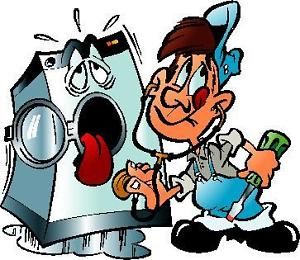Should You Be Worried About Your Appliance Hoses?
Consider your humble washing machine: According to the Insurance Institute for Business & Home Safety (IBHS), washing-machine failures cost an average of more than $5,000, and faulty hoses are responsible for more than half of those failures.
You can take steps to defuse these ticking time bombs — or at least make them less likely to go off. Here are the common hoses and tubes you should be checking:
Washing Machine
Most washing machines come with rubber hoses that connect to your water supply — hoses that can wear out and eventually burst. Even if there is no obvious wear, consider replacing your hoses with a reinforced steel-braided hose, as they are less likely to fail.
Dryer
Although you should clean the lint trap in your dryer with every load, danger lurks behind the dryer as well. Flexible plastic or foil ducting can easily trap lint and increase the risk of fire, according to the U.S. Consumer Product Safety Commission. The agency recommends the use of a rigid or semi-rigid metal duct instead. Whichever you use, be sure to disconnect and clean the ducting annually.
Refrigerator
If your refrigerator has an icemaker or water dispenser, it also has a hose connecting it to the water supply. Replace the standard hose with a steel-braided line for added security.
Dishwasher
Dishwasher leaks can easily go undetected, so it’s important to check these connections regularly as well. Make sure that hoses and lines have no kinks, and periodically remove and clean the filter in the dishwasher, which is designed to stop food pieces from making it into the drain hose.

 D5 Creation
D5 Creation